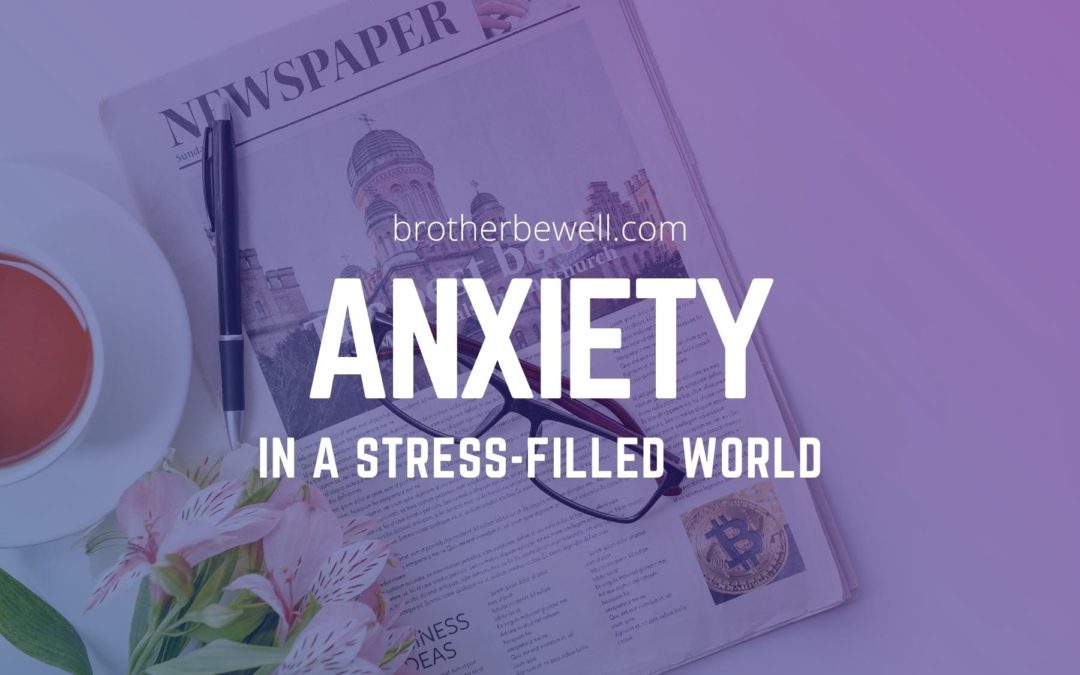Global warming…the politics of fear…technology replacing jobs… social problems. It’s no secret – these are anxiety-filled times. It is no surprise that approximately 20,000 Americans suffer from an anxiety disorder in any given year. Personal stressors such as health problems, difficult family and peer relationships, overexposure to technology, and the lack of time for leisure and self-care also contribute to anxiety disorders.
Stats
According to Substance Abuse and Mental Health Services Administration (SAMHSA) estimates based on five years of data collection for the Mental Health Surveillance Clinical Study (2008 -2012), 5.7 percent of Americans over the age of eighteen had one or more anxiety disorders in the past year. Generalized anxiety disorder (GAD) and phobias were the most prevalent disorders experienced.
Anxiety disorders and symptoms
Anxiety comes in many varieties. A person with generalized anxiety disorder (GAD) continuously worries and may have physical symptoms such as sleeplessness or muscle pain. Specific anxiety disorders include phobias such as agoraphobia, which is the fear of specific places and/or situations, panic disorder, social anxiety disorder, post-traumatic stress disorder (PTSD), and obsessive compulsive disorder (OCD). A person with panic disorder has panic attacks, which may include symptoms such as a racing heart, a choking feeling, numbness, dizziness, and/or feelings of being disconnected from reality. According to Hirschfeld (2001), anxiety disorders often co-occur with depression.
Risk factors
Data from the Mental Health Surveillance Clinical Study (2009 -2012) shows that risk factors for developing an anxiety disorder include being female, having a lower income, having less education, being unemployed, and being younger than 50 years old. Environmental and personal stressors that can trigger an anxiety disorder may disproportionately affect these vulnerable groups. Other risk factors include childhood trauma such as abuse and neglect, health problems, and genetics.
The data shows that twice as many women experienced an anxiety disorder in the past year, and specifically experienced more phobias, GAD, and panic disorder. Young people between the ages of 18 and 25 suffered from more social phobias and obsessive compulsive disorder, while those 26 to 49 were more likely to suffer from GAD or panic disorder. Anxiety disorders were more prevalent among Whites and Hispanics/Latinos, those with family incomes below $50,000, and those with less than a high school education.
The data showed that Americans from the Western region of the country experienced a lower prevalence of anxiety disorders compared to those living in the Northeast. However, according to SAMHSA’s 2015 report on Californians’ behavioral health, the state had about the same rate of mental health disorders as the nation in general.
Prevention, coping, and treatment
Environmental and personal stressors will always exist, but there are things we can do to minimize our risks. Be sure to research your family’s health and mental health history. Anxiety is more likely to develop into a serious disorder if there is a family history of anxiety or other mental health disorders. Also, eat right and exercise. Proper nutrition and physical activity can positively affect anxiety conditions.
For mental-wellness, eliminate stressful relationships and maintain ones that make you feel secure, appreciated, and understood. Take time for self-care and spiritual exploration. Develop a mindful approach to life. Instead of trying to change things you deem wrong or hurtful, accept them and write a list of things under your control that you can do to work on a social problem or personal situation. Mindfulness and meditation can help you be present in the moment, develop a stronger connection to those around you and all living things, help you slow down and appreciate ‘what is,’ and accept your thoughts for what they are – just thoughts – not reality.
Anxiety disorders incur personal, organizational, and societal costs, and it’s important to get treatment early. Prevention and early intervention is the key. Seek-out evidence-based treatments such as cognitive behavioral therapy, acceptance and commitment therapy, mindfulness-based cognitive therapy, and if necessary medication. Know that help is available and you will recover and lead a full and productive life.



